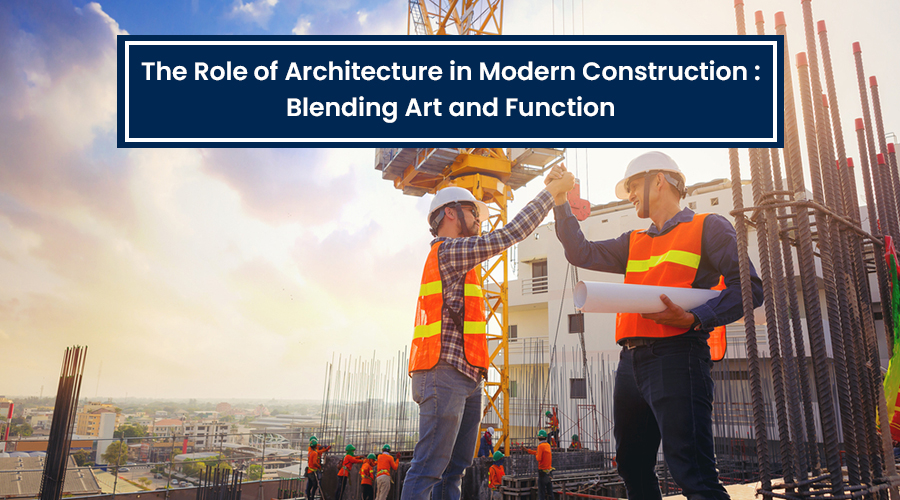Introduction
Architecture has always been a reflection of human ingenuity and creativity. From ancient wonders like the Pyramids of Egypt to modern marvels such as the Burj Khalifa, architectural achievements have shaped our history and defined civilizations. In the context of modern construction, architecture plays a pivotal role, not only in creating aesthetically pleasing structures but also in addressing functional needs, sustainability, and the well-being of inhabitants. This blog explores the multifaceted role of architecture in shaping the world we live in today.
Defining Space and Function
At its core, architecture is about creating spaces that serve a specific purpose. Whether it’s a residential building, an office complex, or a public monument, architects envision and design structures that align with the intended function. They carefully consider factors such as spatial organization, flow, accessibility, and safety to ensure that buildings meet the needs of their users. With advancements in technology and materials, architects have more tools at their disposal to push the boundaries of design while maintaining functionality.
Aesthetics and Identity
Architecture is a visual art form that influences our perception of the built environment. Innovative designs and iconic structures can define the identity of a city or a nation. Think of the Sydney Opera House or the Guggenheim Museum Bilbao; these architectural wonders have become symbols of their respective locations and attract tourists from around the world. Architects use their creativity to blend form, materials, and cultural references to create visually striking and memorable buildings that stand the test of time.
Sustainability and Environmental Considerations
In an era of increasing environmental awareness, architects are at the forefront of designing sustainable and eco-friendly structures. They integrate principles of energy efficiency, renewable materials, and green technologies to minimize the environmental impact of buildings. Concepts like passive design, green roofs, and solar panels are now common in modern architectural projects. By considering the lifecycle of a building, architects play a crucial role in promoting sustainable practices and creating a greener future.
Human-Centric Design
Architecture is not just about creating beautiful structures; it is also about enhancing the quality of life for people who interact with those spaces. Architects employ principles of human-centric design to ensure that buildings are comfortable and accessible and promote well-being. Factors such as natural light, ventilation, acoustics, and ergonomics are carefully considered to create environments that enhance productivity, foster creativity, and improve overall health. Architecture has the power to positively impact our physical and mental well-being.
Embracing Technological Advancements
Modern construction is witnessing a rapid integration of technology, and architecture is no exception. From 3D modeling and virtual reality to building information modeling (BIM) and parametric design, architects leverage these tools to visualize, analyze, and optimize their designs. This integration of technology not only streamlines the design process but also allows for better communication and collaboration among architects, engineers, and construction teams, resulting in more efficient and accurate construction projects.
Conclusion
Architecture is an integral part of modern construction, weaving together art, functionality, sustainability, and human well-being. Architects play a pivotal role in shaping our cities and leaving a lasting impact on society. As we look to the future, the role of architecture will continue to evolve, responding to emerging challenges such as urbanization, climate change, and evolving societal needs. By embracing innovative design approaches and leveraging technological advancements, architects will continue to shape the built environment and create spaces that inspire, connect, and improve lives.

